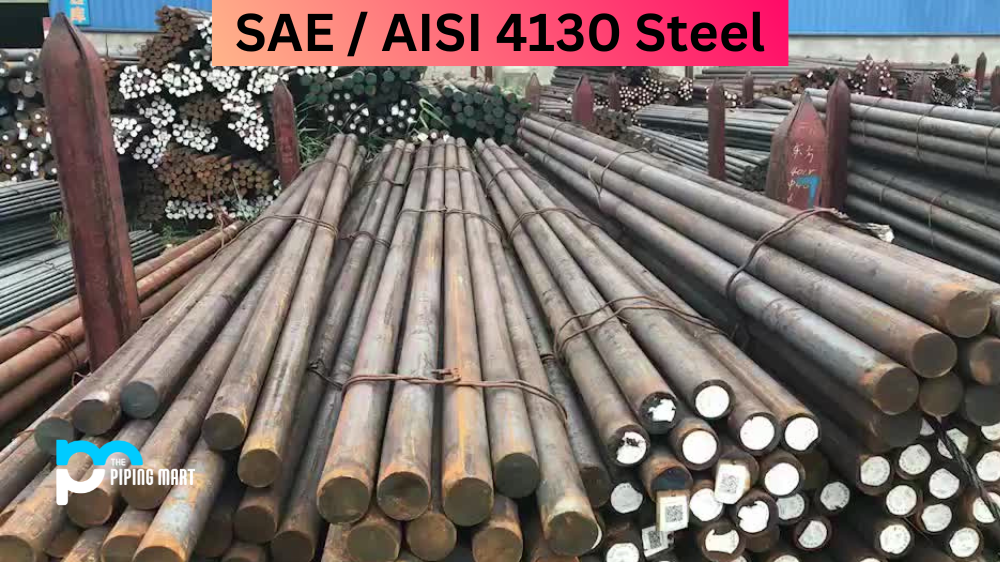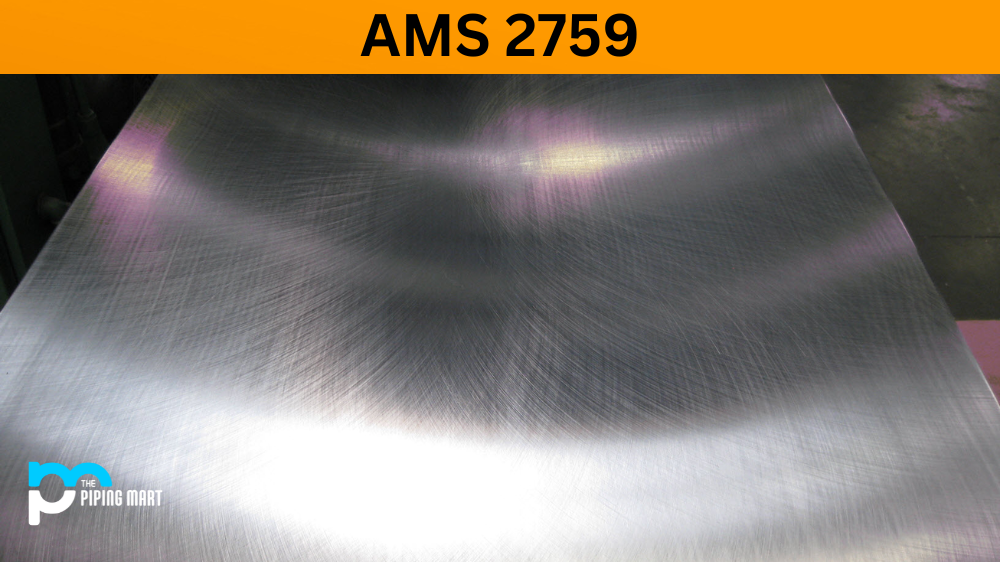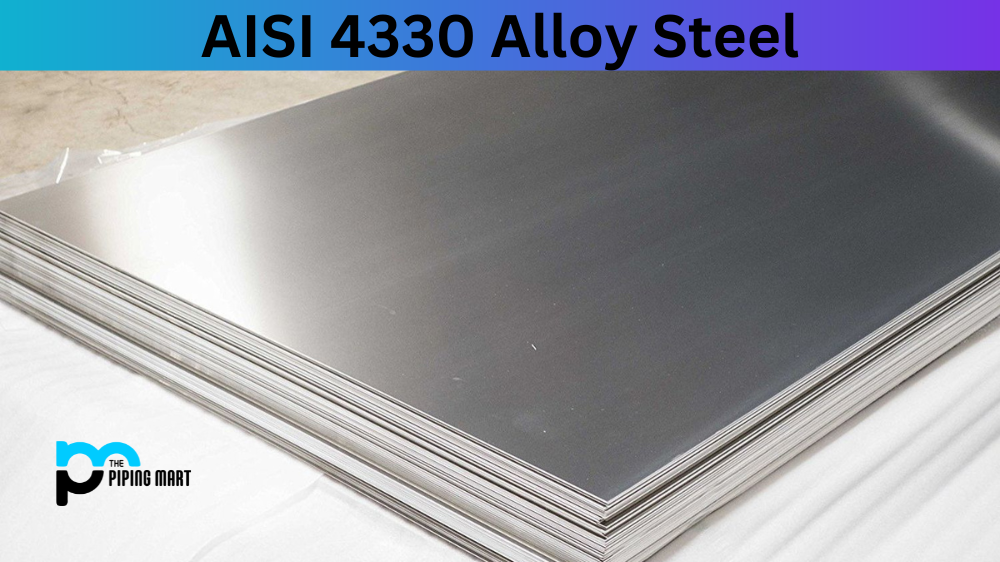Aluminium 5059 is an aluminum alloy that combines high strength, excellent fatigue resistance, and good corrosion resistance. It is heat treatable, machinable, and weldable, making it an excellent choice for a wide variety of applications. Aluminum alloys have become increasingly popular for their numerous applications in different industries and settings thanks to their desirable properties. Among these is the Aluminum 5059 Alloy, known as UNS A95059 in the industry. The alloy is a high-strength, corrosion-resistant material with balanced properties that can withstand extreme environments. It is a popular choice for marine and naval applications, where crucial components are susceptible to harsh conditions such as sea salt, UV radiation, and humidity. Composed of magnesium and chromium, which provide excellent corrosion resistance, the Aluminum 5059 Alloy remains lightweight while maintaining its strength and durability. These properties make UNS A95059 a material of choice for situations requiring reliable and long-lasting performance. This guide will take a closer look at the uses, corrosion resistance, heat resistance, heat treatment, machining, and welding of aluminum 5059.
What Forms of Aluminum 5059 is Available at Piping Mart?
- Aluminum 5059 Nuts
- Aluminum 5059 Bar
- Aluminum 5059 Bolt
- Aluminum 5059 Pipe
- Aluminum 5059 Screw
- Aluminum 5059 Tubing
- Aluminum 5059 Valves
- Aluminum 5059 Washers
- Aluminum 5059 Flanges
- Aluminum 5059 Fasteners
- Aluminum 5059 Electrodes
- Aluminum 5059 Stud Bolts
- Aluminum 5059 Sheet Plates
- Aluminum 5059 Pipe Fittings
- Aluminum 5059 Forged Fitting
- Aluminum 5059 Instrumentation Fittings
Aluminum 5059 Composition
| Element | Content (%) |
|---|---|
| Aluminum, Al | 89.8 – 94 |
| Magnesium, Mg | 5-6 |
| Manganese, Mn | 0.60-1.2 |
| Iron, Fe | ≤ 0.50 |
| Silicon, Si | ≤ 0.45 |
| Zinc, Zn | 0.40 – 0.90 |
| Chromium, Cr | ≤ 0.25 |
| Copper, Cu | ≤ 0.25 |
| Titanium, Ti | ≤ 0.20 |
| Zirconium, Zr | 0.050 – 0.25 |
| Other (each) | ≤ 0.050 |
| Other (total) | ≤ 0.15 |
Aluminum 5059 Physical Properties
| Properties | Metric | Imperial |
|---|---|---|
| Density | 2.66 g/cm³ | 0.0961 lb/in³ |
Aluminum 5059 Uses
Aluminium 5059 has a superior strength-to-weight ratio and fatigue resistance compared to other alloys in its class. As such, it is commonly used in aircraft fuel tanks and other components due to its lightweight yet durable nature. This type of aluminium alloy is also used in automotive parts such as wheels, engine covers, and bumpers; medical implants; marine applications; and sporting goods such as bicycles and golf clubs.
Aluminum 5059 Uses in Industries
Aerospace Industry
One of the primary uses of Aluminum 5059 is in the aerospace industry. This alloy is known for its high strength-to-weight ratio, making it ideal for aircraft structures and components. It is also corrosion-resistant, crucial for aircraft exposed to harsh environmental conditions.
Marine Industry
Aluminum 5059 is also commonly used in the marine industry due to its excellent corrosion resistance. It is often used in the construction of boats and other water vessels, as well as in offshore platforms and oil rigs. Its lightweight nature also makes it a popular choice for marine applications.
Automotive Industry
The automotive industry also utilizes Aluminum 5059 for various purposes. This alloy is commonly used in car bodies and frames due to its high strength and low weight, helping to improve fuel efficiency and overall performance. It is also used in engine components such as pistons and cylinder heads.
Construction Industry
Aluminum 5059 is often used in the construction industry for building facades, roofing, and structural components. Its durability and resistance to corrosion make it a popular choice for buildings located in coastal or industrial areas where exposure to saltwater or pollutants may be an issue.
Aluminum 5059 Corrosion Resistance
Aluminium 5059 offers outstanding corrosion resistance due to its high levels of chromium. Chromium forms a protective film on the surface of the alloy which prevents rust formation when exposed to moisture or liquids. The alloy also contains magnesium which improves its overall corrosion resistance even further.
Aluminum 5059 Heat Resistance
Aluminum 5059 has excellent thermal stability, making it suitable for high-temperature environments. It can withstand temperatures up to 300°C without suffering any degradation or loss of mechanical properties – making it ideal for applications where elevated temperatures are common.
Aluminum 5059 Heat Treatment
The heat treatment process consists of heating the aluminum alloy to a certain temperature followed by rapid cooling (quenching) in water or oil. This process increases the strength of the material by changing its internal structure, which results in increased hardness, wear resistance, and improved ductility (ability to be shaped). Heat treatment also increases fatigue life by improving fatigue crack propagation characteristics.
Aluminum 5059 Machining
Machining aluminium 5059 requires specific tools designed specifically for this type of aluminium alloy since it has unusual properties compared to other metals. High-speed steel cutting tools should be used when machining this type of material since their superior hardness gives them greater durability when cutting softer materials like aluminium alloys. Additionally, higher cutting speeds should be used when machining aluminium alloys since they have low thermal conductivity compared to other metals – meaning that they don’t transfer heat away from the cutting tool as quickly as other metals do when being machined at slower speeds.
Aluminum 5059 Welding
Welding Aluminium 5059 requires special care due to its unique properties compared to other metals – particularly its low melting point (approximately 650°C), which makes it susceptible to cracking if not handled correctly during welding operations. To minimize cracking risk during welding operations on this type of material, preheating prior to welding is recommended, as well as post-weld stress relief treatments after welding is completed, for maximum safety and reliability purposes. Additionally, it’s important that welders use filler materials specially formulated for aluminium alloys when carrying out welding operations on this type of material since regular steel filler rods won’t provide adequate strength when joining two pieces together made from Aluminium 5059.
Conclusion:
In conclusion, Aluminium 5059 offers a number of advantages over other types of aluminium alloys, including superior strength-to-weight ratio, excellent fatigue resistance and good corrosion protection with minimal maintenance requirements, plus additional benefits such as excellent thermal stability and easy machinability/weldability, which make it an ideal choice for a wide variety of applications across multiple industries ranging from aerospace manufacturing through automotive engineering right down to sporting goods manufacturing/repair/maintenance operations etc. With so many benefits in one package – why would you choose any other metal?

A passionate metal industry expert and blogger. With over 5 years of experience in the field, Palak brings a wealth of knowledge and insight to her writing. Whether discussing the latest trends in the metal industry or sharing tips, she is dedicated to helping others succeed in the metal industry.




